Which A/C Cycle is Most Cost Effective?
Pawprint
14 years ago
Related Stories
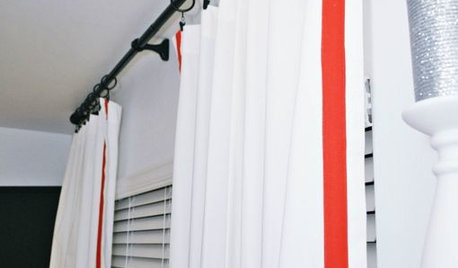
WINDOW TREATMENTSEmbellishing Tricks for Cost-Effective Custom Curtains
Get curtains that look high end — even if you don't sew — with just a little trim here or a little banding there
Full Story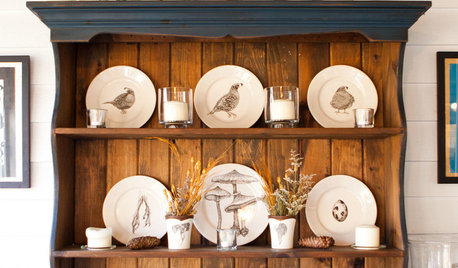
KITCHEN STORAGESmart Storage: Make the Most of Your Hutch
End the “Where are those ... ?” conundrum by storing seasonal and everyday items in a well-organized hutch
Full Story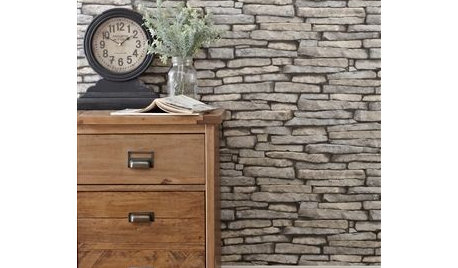
PRODUCT PICKSGuest Picks: Get in Touch With Textured-Effect Wallpapers
Mimic the look of fancy paneling, stacked stone or funky scrap wood with new wallpaper patterns on a trompe l'oeil roll
Full Story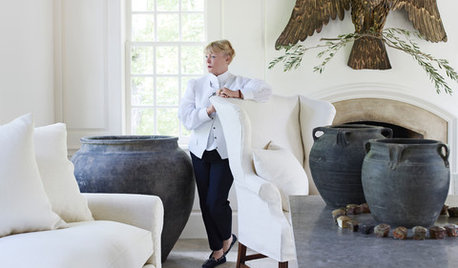
TASTEMAKERSA Designer Edits — and Adds — for Dramatic Effect
Interior designer Nancy Braithwaite’s new book shows how it’s possible to edit rooms of all styles to create their best look
Full Story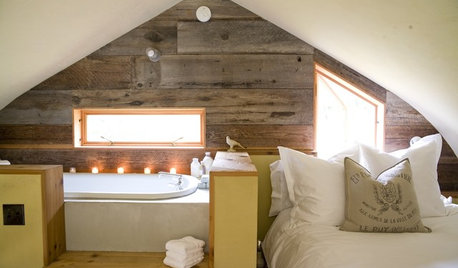
LIFE12 Effective Strategies to Help You Sleep
End the nightmare of tossing and turning at bedtime with these tips for letting go and drifting off
Full Story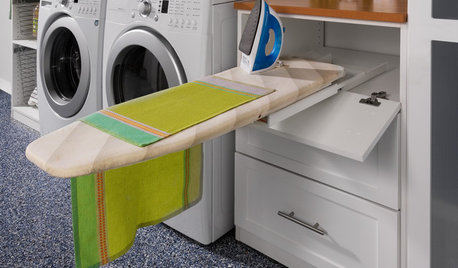
LAUNDRY ROOMS8 Ways to Make the Most of Your Laundry Room
These super-practical laundry room additions can help lighten your load
Full Story
MATERIALSThe Most Popular Roofing Material is Affordable and Easy to Install
Asphalt shingles, the most widely used roof material in the U.S. are reliable and efficient, and may be right for you
Full Story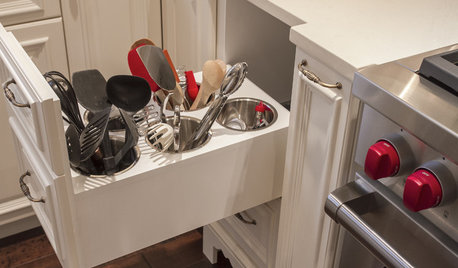
MOST POPULARThe 15 Most Popular Kitchen Storage Ideas on Houzz
Solve common kitchen dilemmas in style with custom and ready-made organizers, drawers, shelves and more
Full Story
ARCHITECTUREHouzz Tour: A Most Unusual Trailer in Texas
With an air-conditioned bathroom, screened porches and a sleeping loft, this riverside trailer site has it all
Full Story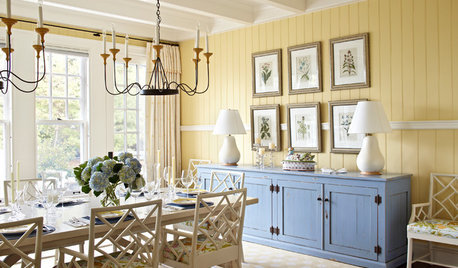
MOST POPULARThe 10 Most Popular Houzz Ideabooks of 2013
Kitchen remodeling help and favorite wall paints top the list; see what other design topics got everyone's attention this year
Full Story







ryanhughes
creek_side
Related Professionals
Albany Solar Energy Systems · Downey Solar Energy Systems · Lomita Solar Energy Systems · Annapolis Home Automation & Home Media · Atlanta Home Automation & Home Media · Beverly Hills Home Automation & Home Media · Ferndale Home Automation & Home Media · Novi Home Automation & Home Media · Plant City Home Automation & Home Media · San Bruno Home Automation & Home Media · Sarasota Home Automation & Home Media · Severn Home Automation & Home Media · Lexington Electricians · Aurora Fireplaces · La Palma FireplacesPawprintOriginal Author
creek_side
PawprintOriginal Author
ryanhughes
creek_side
srercrcr
creek_side
ryanhughes
PawprintOriginal Author
udarrell_2007
energy_rater_la
srercrcr
ryanhughes
ryanhughes
srercrcr
energy_rater_la